First, let’s answer this question from the perspective of art installations. There are many tools or platforms involved in art installations, such as: Arduino, Raspberry Pi, 51 microcontroller, STM32 microcontroller, etc. Their advantage lies in the ability to DIY any installation, and many creative prototypes can be realized through different sensors.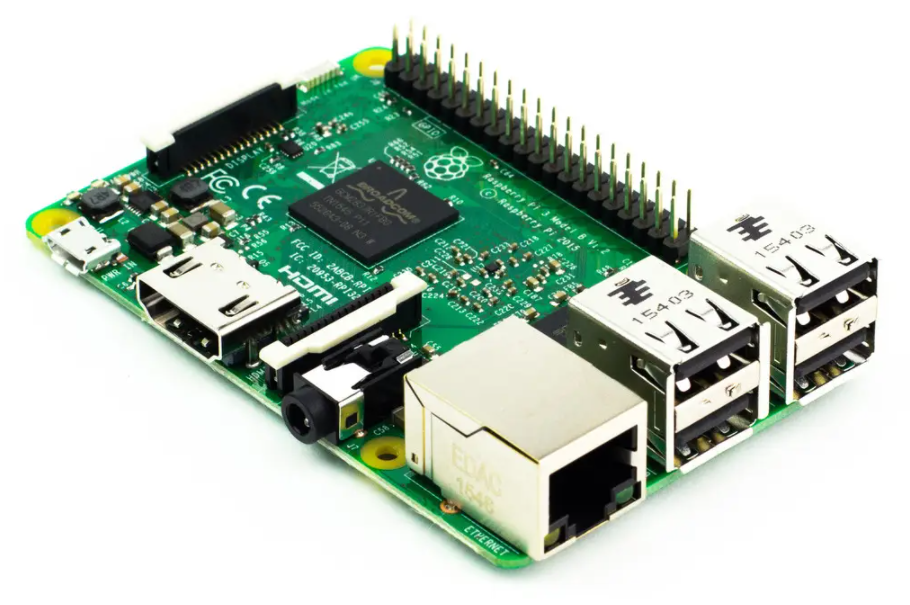 However, the devices mentioned above all require knowledge of coding and circuits. If coding is not used for compilation, graphical software can also be used for creation and experimentation. Here, I will briefly introduce the usage of these platforms or tools.·ArduinoBy using Arduino boards to control corresponding sensors, each specific function can be realized. The board itself is responsible for receiving and controlling the sensors. The programming language is based on a development environment similar to Java and C languages, known as Processing/Wiring.·Raspberry PiRaspberry Pi is a mini-computer with GPIO pins. This means that Raspberry Pi can connect to the internet and be controlled remotely. Different sensors can be used to achieve corresponding functions, such as monitoring, real-time photo transmission, face recognition, and other related functions. Various programming languages can be used, but the overall system is based on Linux.
However, the devices mentioned above all require knowledge of coding and circuits. If coding is not used for compilation, graphical software can also be used for creation and experimentation. Here, I will briefly introduce the usage of these platforms or tools.·ArduinoBy using Arduino boards to control corresponding sensors, each specific function can be realized. The board itself is responsible for receiving and controlling the sensors. The programming language is based on a development environment similar to Java and C languages, known as Processing/Wiring.·Raspberry PiRaspberry Pi is a mini-computer with GPIO pins. This means that Raspberry Pi can connect to the internet and be controlled remotely. Different sensors can be used to achieve corresponding functions, such as monitoring, real-time photo transmission, face recognition, and other related functions. Various programming languages can be used, but the overall system is based on Linux.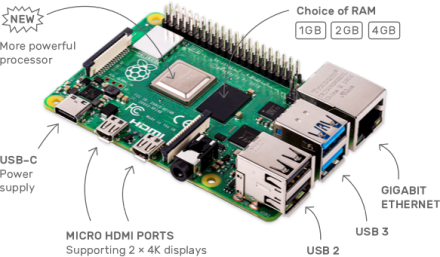 As a custom device development, it also requires hardware and software programming, combined with the usage of hardware. For example, if you need to control a specific function in the automotive industry, you will need to develop that entire function separately.
As a custom device development, it also requires hardware and software programming, combined with the usage of hardware. For example, if you need to control a specific function in the automotive industry, you will need to develop that entire function separately.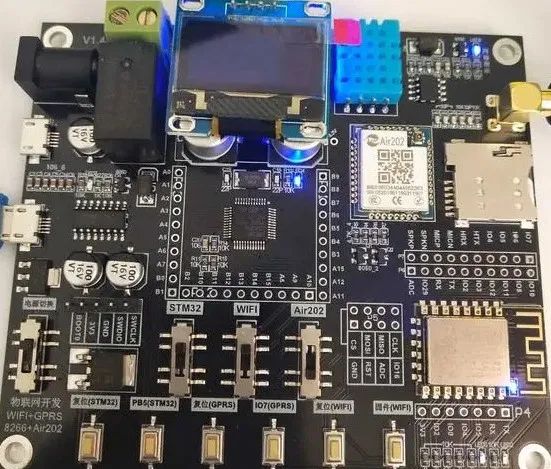 STM32 microcontroller is similar to the 51 microcontroller, and we will not elaborate too much on it here, except to say that it is a more advanced usage based on the 51. Now that we have discussed the hardware, let’s talk about the application of these hardware in the realm of art. In fact, whether it is an embedded system or the use of open-source hardware platforms, the essential purpose is to realize your ideas. So what is the difference between the two? One is a system, sensors, and hardware that others have built, and you find ways to use these things, like building blocks to realize your ideas.
STM32 microcontroller is similar to the 51 microcontroller, and we will not elaborate too much on it here, except to say that it is a more advanced usage based on the 51. Now that we have discussed the hardware, let’s talk about the application of these hardware in the realm of art. In fact, whether it is an embedded system or the use of open-source hardware platforms, the essential purpose is to realize your ideas. So what is the difference between the two? One is a system, sensors, and hardware that others have built, and you find ways to use these things, like building blocks to realize your ideas.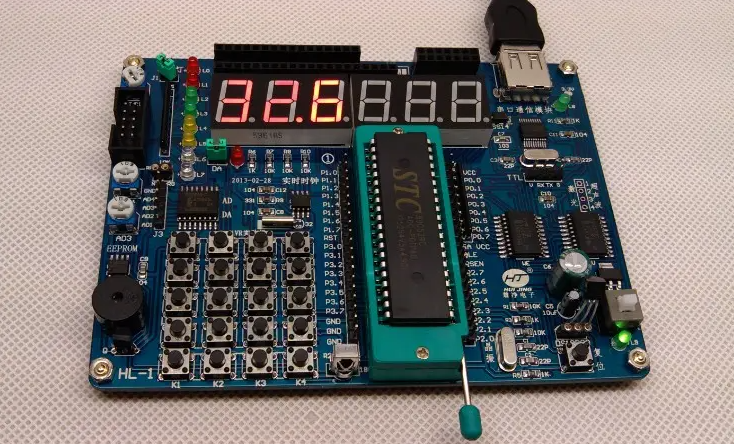 So what does an embedded system represent? It represents that I want a function, and I independently develop a system to carry hardware solely to achieve that specific function. Moreover, I can advance my usage, iterate, and expand according to my needs.Of course, the platforms and sensors mentioned above can also be referred to as the use of embedded systems. After using these devices, one can consider whether systematic and professional learning and development are necessary.Furthermore, art installations are not solely about the use of embedded systems; there are also interactive software or large-scale scene control software, such as Touch Designer, Processing, Unity, etc., which can create different interactive installations. For example, using Touch Designer for music interaction through projection, or using Processing in conjunction with KINECT for human body interaction installations.
So what does an embedded system represent? It represents that I want a function, and I independently develop a system to carry hardware solely to achieve that specific function. Moreover, I can advance my usage, iterate, and expand according to my needs.Of course, the platforms and sensors mentioned above can also be referred to as the use of embedded systems. After using these devices, one can consider whether systematic and professional learning and development are necessary.Furthermore, art installations are not solely about the use of embedded systems; there are also interactive software or large-scale scene control software, such as Touch Designer, Processing, Unity, etc., which can create different interactive installations. For example, using Touch Designer for music interaction through projection, or using Processing in conjunction with KINECT for human body interaction installations.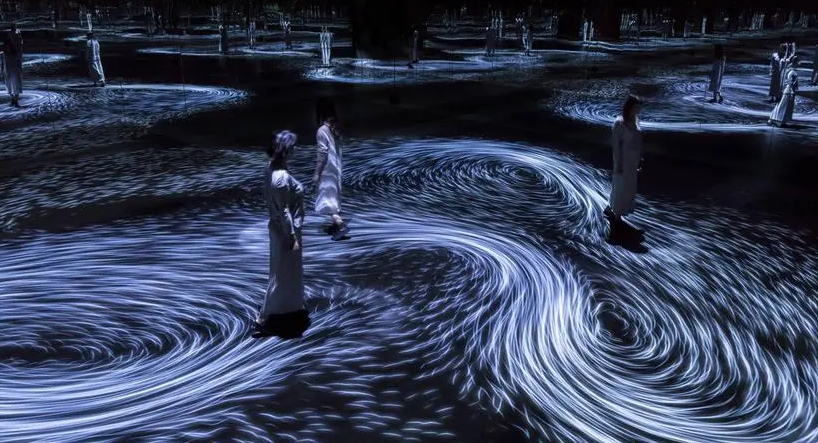 Therefore, I suggest that everyone should not get too caught up in the issue of embedded system development. The essential question is whether you want to delve into this technology or this theme. If you are interested in this technology, you can start from scratch, learn about circuits, design PCB boards, and the logical setup of sensors. If you are interested in the theme, you can simply use existing sensors, software, and technology to achieve different interactive effects.
Therefore, I suggest that everyone should not get too caught up in the issue of embedded system development. The essential question is whether you want to delve into this technology or this theme. If you are interested in this technology, you can start from scratch, learn about circuits, design PCB boards, and the logical setup of sensors. If you are interested in the theme, you can simply use existing sensors, software, and technology to achieve different interactive effects.
END
More information related to art designcan be found here▽